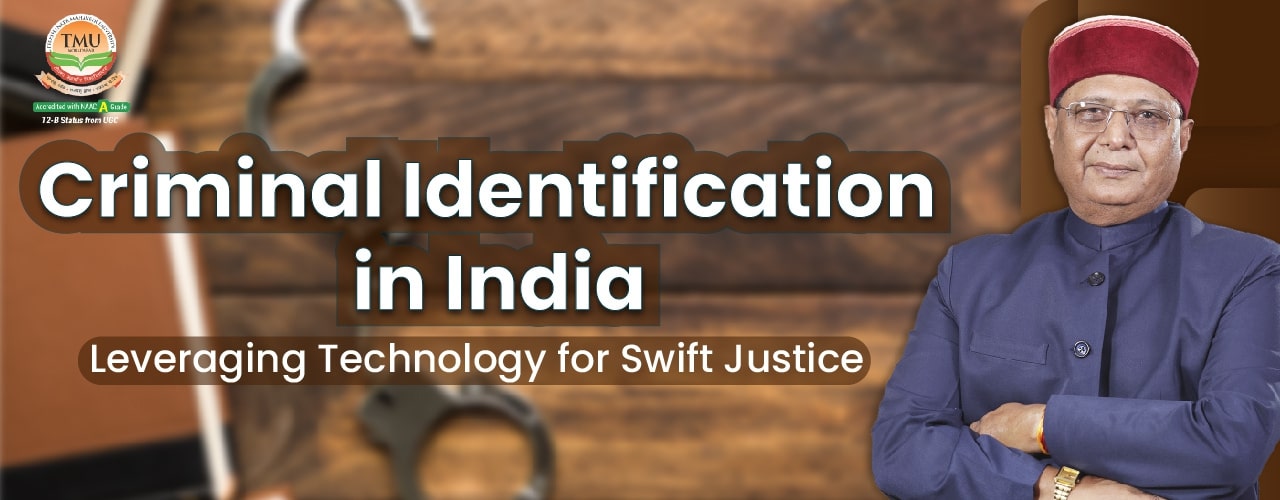Enhancing Criminal Identification: Technology as a Tool for Justice
Table of Contents
By Prof. (Dr.) Harbansh Dixit
One of the core challenges in criminal justice is ensuring that offenders are swiftly and accurately identified. In a country as vast and diverse as India, manual processes and local-level data are no longer sufficient. What we need is a centralised, technologically integrated system to identify repeat offenders, link crimes across jurisdictions, and reduce investigative delays.
The use of facial recognition, biometric tracking, and national-level criminal databases is now not just a technological advancement but a judicial necessity.
Why Identification Matters
The first step in delivering justice is identifying the right person. Yet in many cases across India, due to a lack of proper documentation, outdated police records, or interstate movement, criminals are:
- Misidentified
- Allowed to repeat offences
- Able to escape to other states undetected
This leads to delayed justice, wrongful arrests, and mistrust in the law enforcement system.
Teerthanker Mahaveer University
Apply for Admission
Click Here To Apply for Admission
The NCRB’s Centralised Push
The National Crime Records Bureau (NCRB) has launched initiatives like the Crime and Criminal Tracking Network & Systems (CCTNS) and Automated Facial Recognition Systems (AFRS) to store digitally:
- Criminal photographs
- Fingerprints
- DNA samples
- Crime scene data
These systems allow real-time sharing of criminal profiles between states, improving coordination, and helping identify repeat offenders in seconds rather than weeks.
The Role of Technology in Policing
Digital tools like:
- Facial recognition cameras at railway stations, public spaces, and borders
- Aadhaar-linked verification during arrests
- Biometric entry into jails and court systems
- Predictive policing using AI for hotspot mapping are transforming law enforcement from reactive to proactive.
However, these tools must be used ethically and with safeguards to ensure privacy and human rights are not violated.
Challenges Ahead
While the vision is clear, the implementation faces hurdles:
- Uneven digitisation across states
- Low training levels in rural police forces
- Budget constraints for hardware and software deployment
- Public concerns about surveillance and misuse of data
These issues must be addressed with policy consistency, budget prioritization, and public awareness.
Conclusion: A Smart Justice Ecosystem
In today’s fast-moving world, justice delayed is often justice denied because of identity confusion. By equipping police and courts with smart tools, shared data, and ethical oversight, India can build a criminal justice system that is both fast and fair.
“In a digital democracy, identifying a criminal shouldn't take a village—it should take a moment.”















